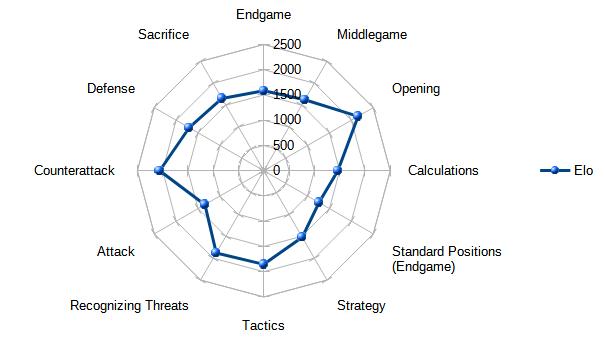Novag
Constellation Expert

 Year:
1985
Programmer: Dave
Kittinger
Year:
1985
Programmer: Dave
Kittinger
CPU: 65C02 @5Mhz
ROM: 64Kb
Elo level: 1900 (1817
FIDE)
CMhz: 5
Rperf: 104%
KT: 1685
Square size: 1.57"
That's a
nice chess computer! (purchased €350 on eBay, complete and
thoroughly working).
It
is the first one Novag built using wood, it is impressive with its size
and quality of manufacture. It is the direct heir of the 1984 Super
Constellation, to which it owes its "Expert" title. Sidelines on
history: Novag entered the Super
Constellation into the official ranking process proposed by the
newly-established Computer Rating Agency (a spin-off of the U.S.C.F.,
the US chess federation); this Expert title will be awarded after 40
games played under tournament rules, facing ranked players, and a 55%
score against the average 1982 Elo opposition (resulting in a 2018 Elo
points performance). As the C.R.A. official ranking process was billed
$2000 (a large sum by then, thus few brands will use it),
Novag will try to get some return on investment, re-using the
Super
Constellation program in this sumptuous and slightly enhanced variant.
Despite some Experts are clocked with 4Mhz as the Super
Constellation is, it has rapidly been made available with 5Mhz, or even
6Mhz. The ROM size increased from 56Kb to 64Kb, the ability to store
new openings was removed, but the program could reach deeper
calculation, offered more settings for the level of play, and improved
its positional play. But the most important point is it inherited to
the full the PSH algorithms that made its predecessor reputation: these
are the
Pre-Scan-Heuristics. The idea is to analyze the position before getting
deep into the tree of moves, in order to identify potential attacking
patterns, desirable spots for pieces, to later assign the relevant
bonus to positions that will be evaluated the classical way, exploring
the tree of moves. The advantage of this PSH approach is to avoid
re-computing these key elements of positional analysis with each node
within the tree, the calculation time would be dissuasive; on the other
hand the deeper the program searches, the farther the resulting
position goes from the initial one, and so the PSH analysis consistency
decreases accordingly. Beyond a certain depth of analysis, it probably
goes counter-productive; so the raising of computer performance will
doom it to be abandonned. In its historical context, it grants the
program excellent attacking skills, including sacrifices, and
particularly in speed play where it can play, without requiring any
tactical validation, moves a human player would consider intuitive. By
the way, the program will be nicknamed "Blitz Monster" after the 1984
Hong Kong blitz tournament, where the Super Constellation scored 19 out
of 28 points, of which 5 facing IMs (International masters, ranked in
the range 2355 to 2474 Elo!). But facing other chess computers, due to
some "intuitive" initiative, this program can take a punishment from
the opponent's tactical skills, so Novag and Kittinger later resigned
using it (or made it way more unobtrusive) for the successors
(Super
Expert/Super Forte). The experimental program suffered a bitter defeat
during the 1985 WMCCC in Amsterdam (world microcomputer chess
championship): despite three entries (named Monster-C,
Monster-X and
Monster-Y) it achieved 5th, 13th and 16th rank out of 16 participants.
Despite Novag having widely claimed they don't care about other chess
computers competition and they consider most an interesting game for
human opponents, the hit is painful, and the spectacular way of playing
of PSH algorithm will barely be anymore noticeable with the successors
of the Super
Constellation and Constellation Expert. In this sense, the Constellation
Expert is representing the heigth of the PSH! Eric Hallsworth describes it in
his periodical publication Selective
Search #10 october/november 1986: "Inventive. I am sure most folk know
that the Expert is programmed to seek complications, take risks, create
unpleasant alternatives for the human mind to battle with etc." From my
more personal standpoint, despite not being strong enough to resist the
Expert, I often feel I can understand its moves; even if I would not
have found them myself, I see the point and understand the reason.
Sometimes, the PSH algorithms enable what looks like a short-term or
mid-term plan the program chooses without complete tactical validation;
at last a very human-like approach, with balanced chances for success
or failure - again granting a very human-like play. The lack of any
display prevents performing the Khmelnitsky test, on another
hand I feel the chessboard nicer without, if I compare it to the
successors Super
Expert and Diablo. The chess pieces also contribute to the overall
beauty of this chess computer, some pictures are available here in this page.

 Year:
1986
Year:
1986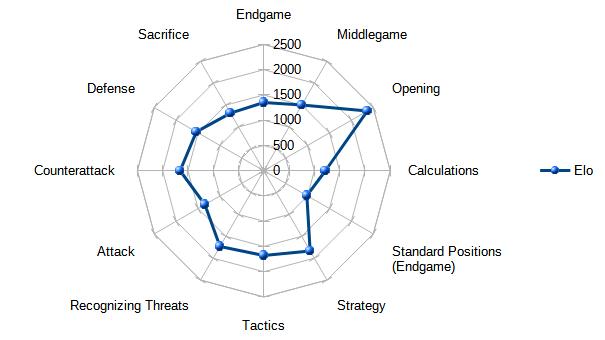

 Year:
1990
Year:
1990
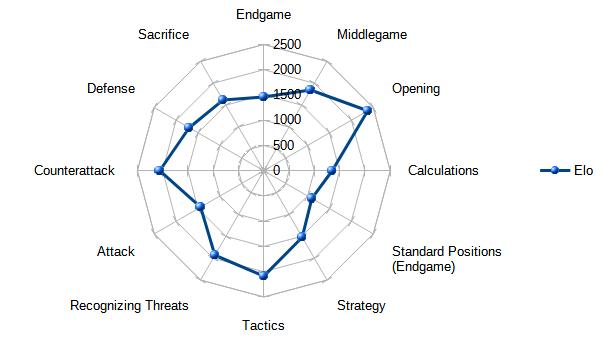
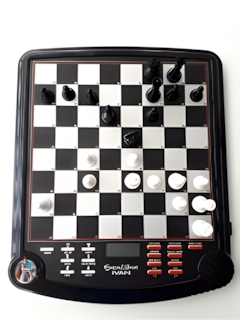
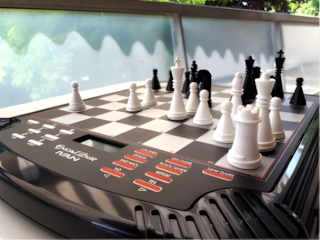 Year:
1996
Year:
1996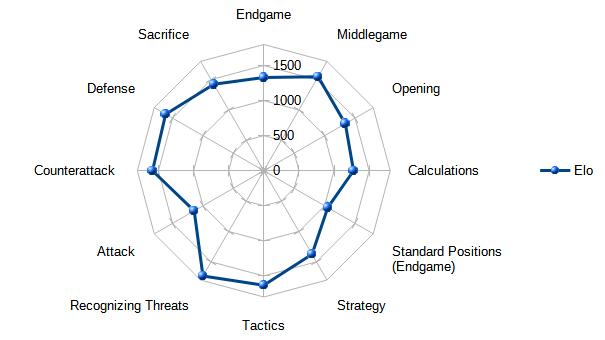
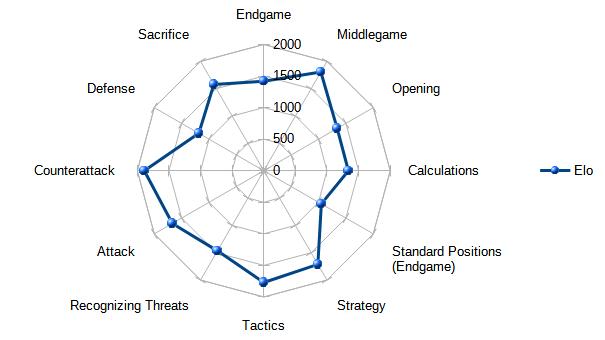
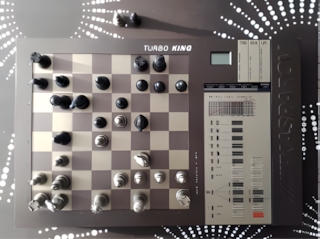
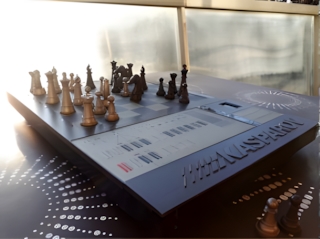 Year:
1990
Year:
1990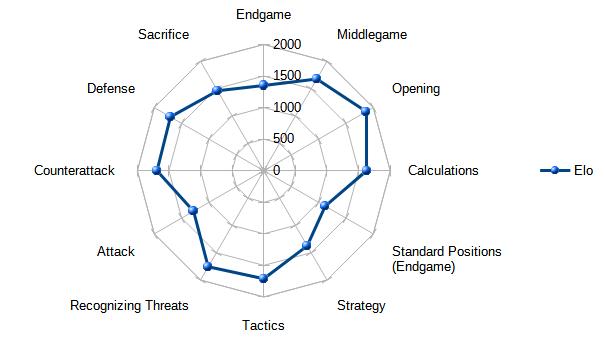

 Year:
1985
Year:
1985
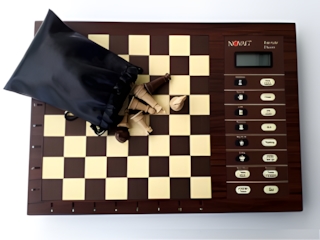
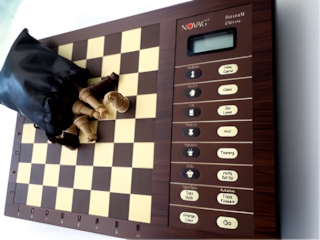 Year:
1996
Year:
1996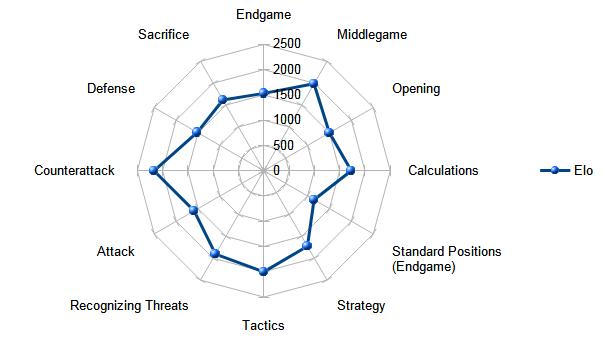



 Year: 2006
Year: 2006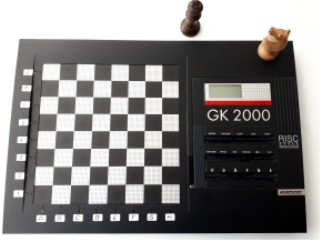
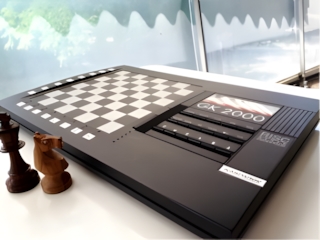 Year:
1992
Year:
1992